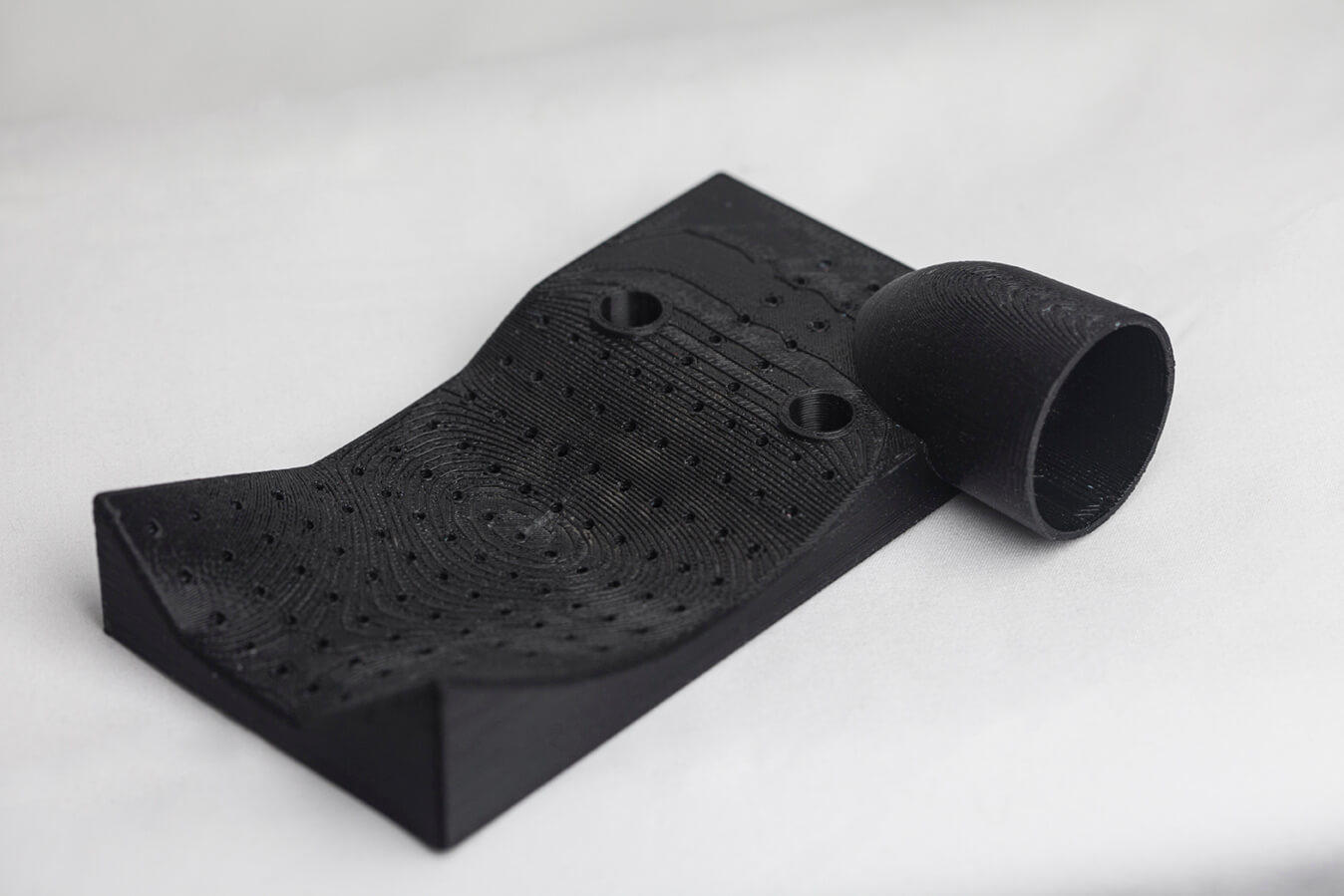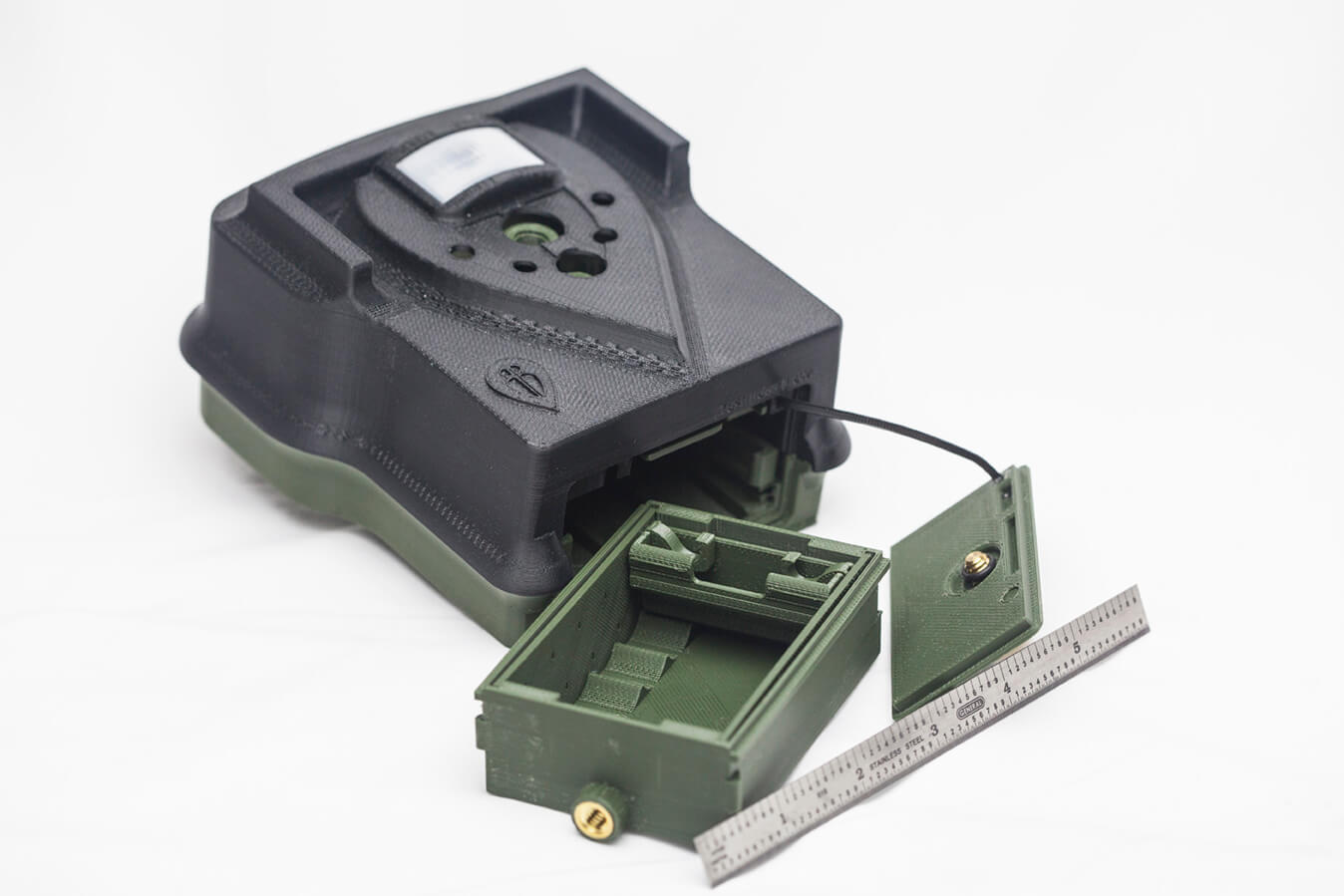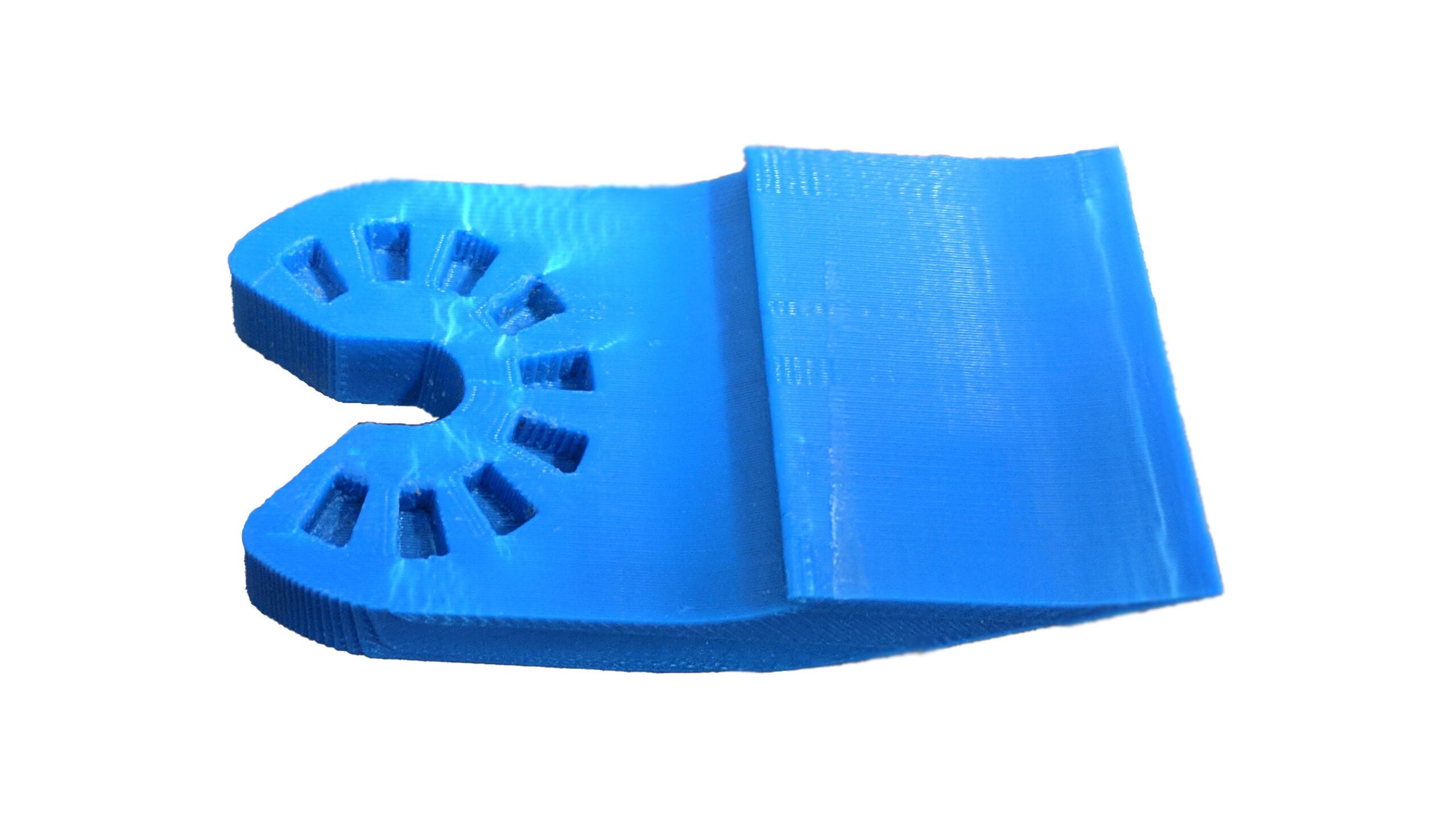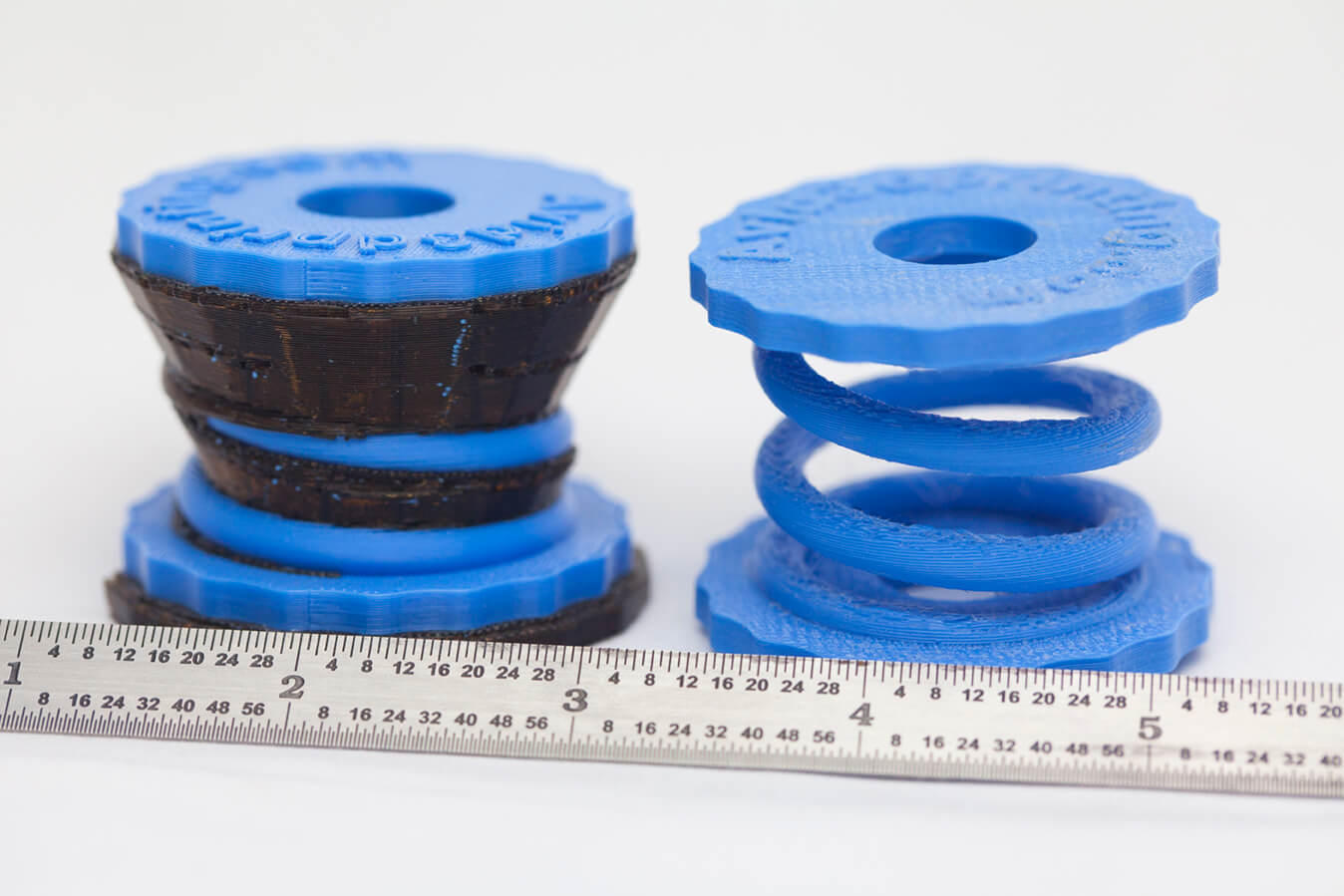FUSED DEPOSITION MODELING (FDM) 3D PRINTING PROVIDES:
- Building of complex shapes with intricate geometries
- Strong, durable and dimensionally stable prototypes and production parts
- Wide range of materials and colors
APPLICATIONS:
- Concept models and functional prototypes
- Fit, form, and function testing
- Jigs, fixtures, and other manufacturing aids
- Fabrication of large single parts
- Low-volume part production
Fused Deposition Modeling (FDM), also known as Fused Filament Fabrication (FFF), is the most well-known form of 3D printing that involves melting, extruding, and depositing thermoplastic filament onto a print bed to build objects layer-by-layer. A popular choice for rapid prototyping, FDM can be used to create custom manufacturing aids and small production parts. FDM also allows the printing of larger objects.
FDM offers the largest variety of production-grade thermoplastics and colors of any 3D printing process. We offer prevailing engineering-grade FDM filament materials including PLA+, ABS, ASA, PETG, PC, and TPU along with premium engineering-grade FDM materials exhibiting outstanding strength and thermal stability for advanced tooling and prototyping applications in the automotive, aerospace, and medical industries, such as PEEK and ULTEM®.
Support structures are necessary when for constructing complex geometries with FDM, which means prints will require additional material, time, and post-processing.
FDM Specifications
BUILD VOLUME: 203 x 203 x 305 mm (8 x 8 x 12 in)
FDM MATERIALS LIST:
| Type | Description |
| PLA+ | Derived from renewable resources, polylactic acid (PLA) offers great dimensional accuracy and finish, but has limited heat and UV resistance. |
| ABS | Acrylonitrile butadiene styrene (ABS) balances cost, strength, and durability. Ideal for functional prototyping, manufacturing aids, and end-use parts. |
| ASA | Acrylonitrile styrene acrylate (ASA) is an alternative to ABS with similar mechanical performance but with increased UV resistance for outdoor use. |
| PETG | Polyethylene terephthalate glychol (PETG) is a thermoplastic copolyester filament with a slightly glossy finish and a moderate thermal coefficient. |
| PC | Polycarbonate (PC) is an engineering-grade thermoplastic for lightweight / high strength applications. |
| TPU | Known for its durability and flexibility, thermoplastic polyurethane (TPU) is suitable for numerous high-performance applications. |
| PEEK | Premium engineering-grade material with excellent flexural, impact, and tensile characteristics. High chemical resistance. |
| ULTEM | A high-perfomance polyetherimide (PEI) thermoplastic with outstanding heat resistance and exceptional strength. |
FDM DESIGN GUIDELINES: View Here





